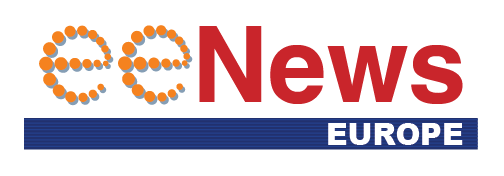imec has shown a new impulse-radio ultra-wideband (IR-UWB) transmitter chip that could change the way UWB systems are designed.
The chip is built in 28nm CMOS with an area of 0.155mm² and power consumption of less than 10mW. The new design supports data rates of 1.66Gbit/s, 50 times the rates of today’s IEEE 802.15.4z UWB standard.
UWB is currently used for applications such as secure keyless entry for automotive and hospitality, indoor localization, and asset tracking, but the higher data rate could expand to applications such as augmented and virtual reality AR/VR headsets.
“We continue to push the boundaries of UWB”, said Christian Bachmann, programme director of UWB at imec. “It has led us to investigate whether the technology is effectively capable of supporting low-power, higher bitrate applications, which in turn has resulted in the development of a brand-new ultra-wideband transmitter chip.”
To achieve those higher data transfer rates, the chip combines several modulation schemes (M-PPM, M-PSK and M-PAM) that build on imec’s expertise in developing all-digital phase-locked loops (ADPLLs) and digitally-controlled power amplifiers. Researchers developed a highly energy efficient and low jitter ring oscillator in combination with a low-power polar transmitter.
A paper presented at the ISSCC conference in the US today shows the chip being used for a brain interface running at 6 to 9GHz. A wireless module built on an FR4 PCB has a core electronic area of only 1.05cm2, including a printed circular monopole antenna measuring 9.4×7mm2 and the transmitter chip.
“A matching use case includes the next generation of smart glasses to enable immersive AR/VR experiences,” said Bachmann. “And neuroscientific research could benefit from these new insights as well, powering high bitrate and miniaturized wireless telemetry modules for intracortical sensing purposes. In each of these cases, UWB could become a strong contender to WiFi technology – as the latter typically comes with a much larger footprint and more complexity.”
www.imec-int.com/en/5G-and-wireless-iot-communication/ultra-wide-band-uwb-technology
Related UWB articles
- UWB sensors tested in industrial environments
- Secure fine-ranging chipset brings UWB to mobile devices
Other articles on eeNews Europe
- European tech for first 802.11ay mmWave chip
- Intel details bitcoin mining chip
- Ponte Vecchio 3D supercomputer processor uses five process nodes
- ST hints at analog in-memory computing chip
- Tool adds fuzz testing for cybersecurity
 If you enjoyed this article, you will like the following ones: don't miss them by subscribing to :
eeNews on Google News
If you enjoyed this article, you will like the following ones: don't miss them by subscribing to :
eeNews on Google News





